
Mobile
Heartbeat of the destination with an electric cuisine scene

Heartbeat of the destination with an electric cuisine scene
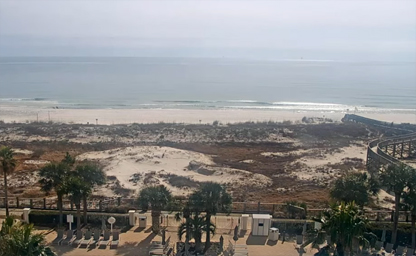
One of the best stretches of sugar white beaches on the Alabama Gulf Coast

Near the Bankhead National Forest and the Tennessee River Valley
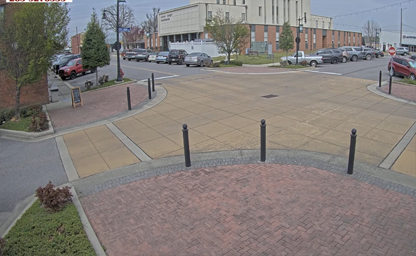
It was previously the largest town in 1910
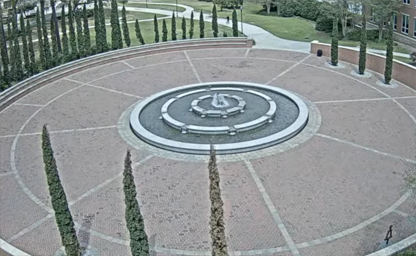
A comprehensive research university along the Alabama Gulf Coast. Go South
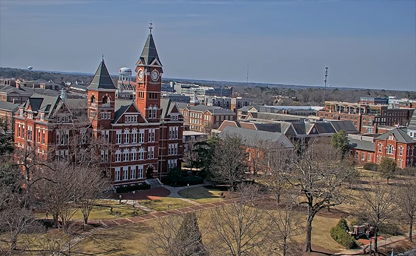
A public land-grant research university in Auburn

A port city on Alabama’s Gulf Coast
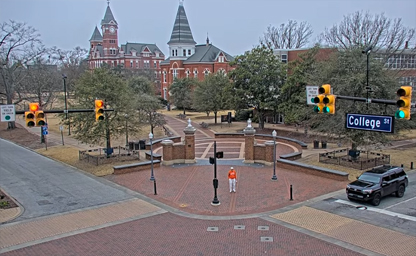
At the intersection of College Street and Magnolia Avenue in the heart of the City
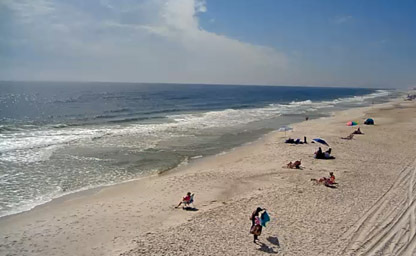
On the pier overlooking the gulf at boardwalk condomoniums
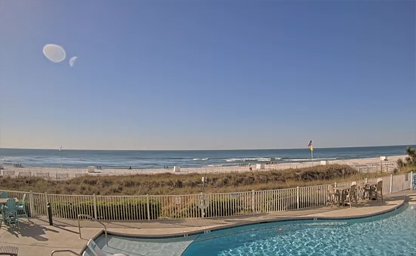
Situated at Orange Beach, a small city on Alabama's Gulf Coast

Take a virtual tour of University of North Alabama's campus
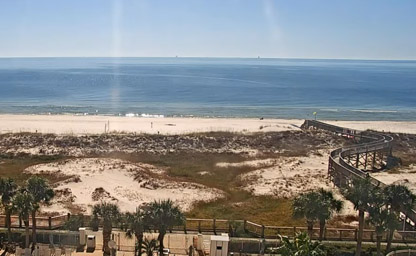
Located on beautiful Alabama's Gulf Coast
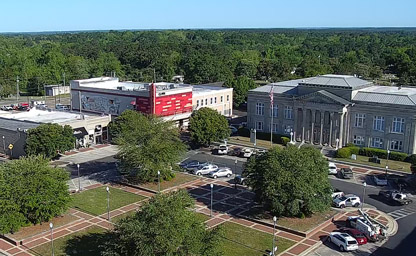
Situated in the south central portion of the U.S. state of Alabama
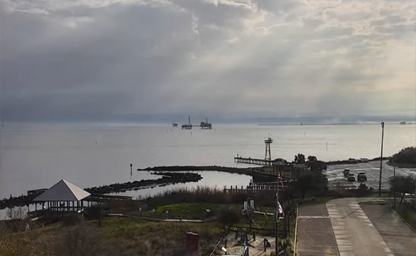
It’s known for stretches of white sand, like Public Beach
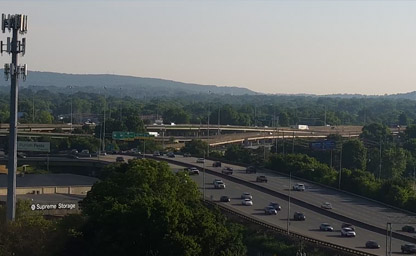
Also known as the Parkway, is a major thoroughfare in Huntsville, Alabama
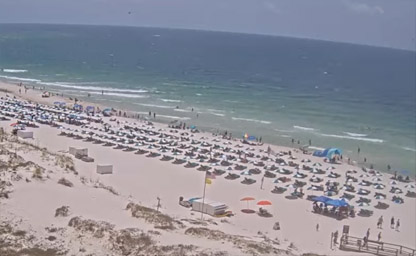
A small abd beautiful city on Alabama's Gulf Coast
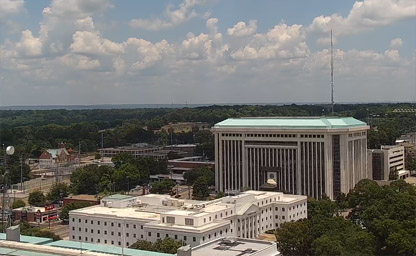
Alabama State Capitol, a National Historic Landmark is a museum of state history and politics
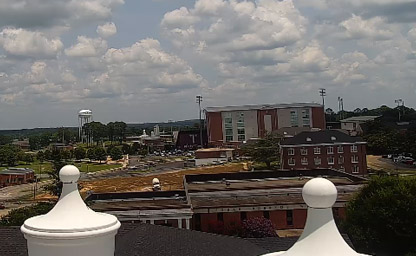
A public and beautiful university in Troy - Alabama
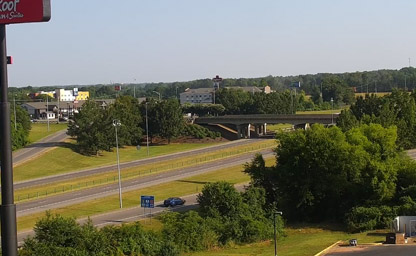
A beautiful city in and the county seat of Limestone County
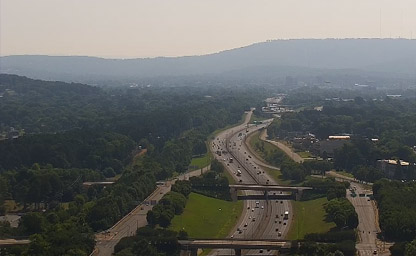
The U.S. Space & Rocket Center in Huntsville, Alabama
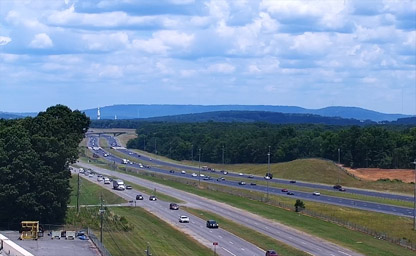
I-565 serves the cities of Madison, Decatur, and downtown Huntsville
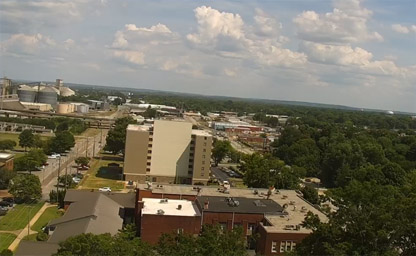
Situated in northern Alabama on the banks of the beautiful Wheeler Lake
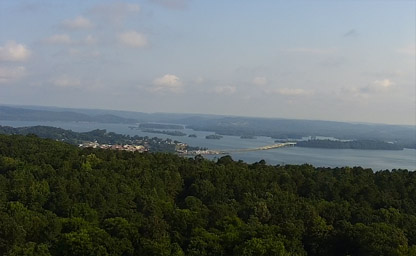
A beautiful city and the county seat of Marshall County

From beach homes to condos overlooking the 18th green
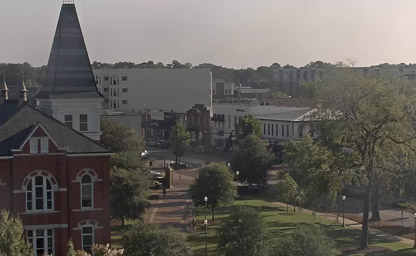
Located on the beautiful Auburn University campus
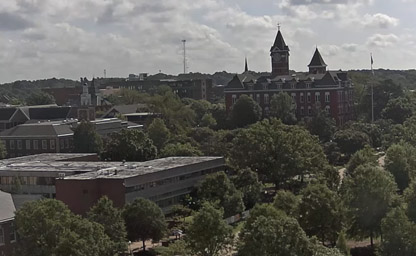
A beautiful city in eastern Alabama
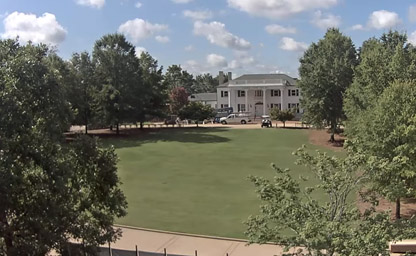
A beautiful city in and the county seat of Lee County
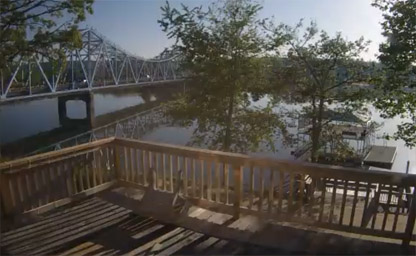
Situated on the Sipsey Fork of the Black Warrior River
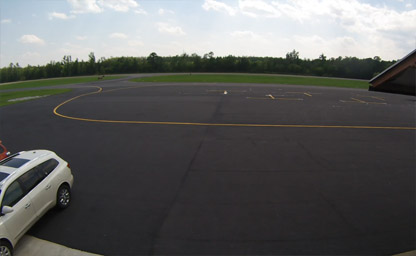
A city in Shelby and Chilton counties in the U.S. state of Alabama
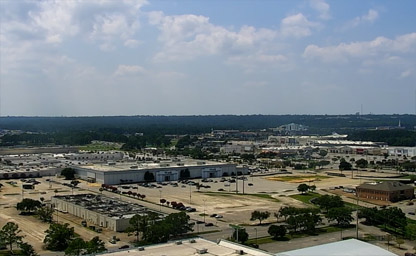
Considered one of the Gulf Coast's cultural centers
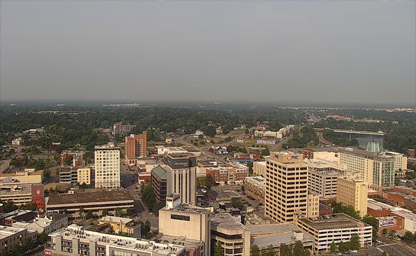
Discover what it would be like to live in the Downtown neighborhood
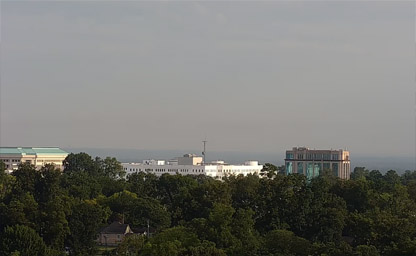
A public historically black university in Montgomery

A historical marker situated in Montgomery County
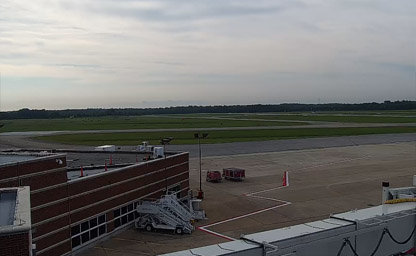
A civil-military airport seven miles southwest of Montgomery
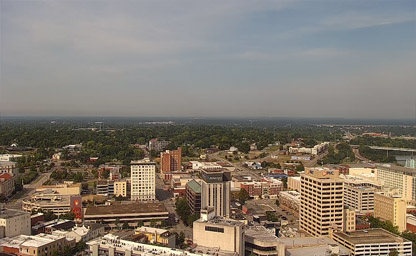
Located over the Gun Island Chute, a channel in Alabama
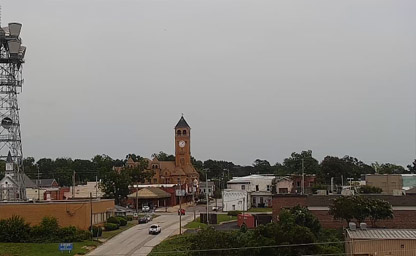
It is the most populous city in Macon County
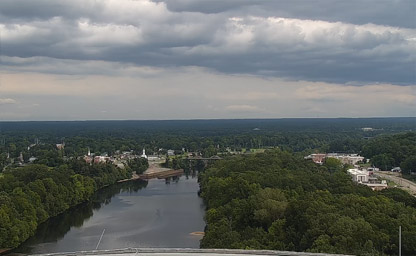
A city in and the county seat of Elmore County

Situated on Wolf Bay, the gulf’s largest charter fishing fleet

A city in Marion and Fayette counties in the U.S. state of Alabama

Sits off right off of I-85 near the I-65 intersection near downtown Montgomery

A city in the southeastern part of Coffee County
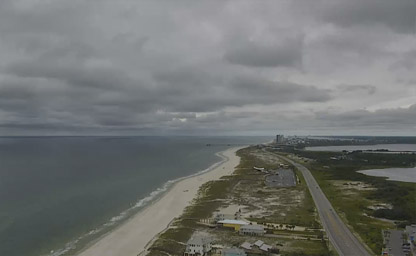
Nearly all of its Gulf Shores and Orange Beach properties
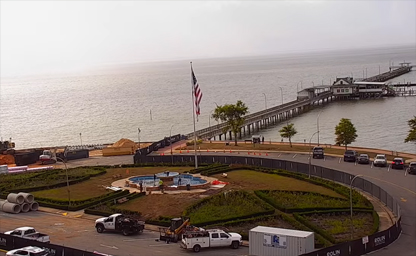
As seen in this live HD cam feed, the pier gracefully extends into Mobile Bay
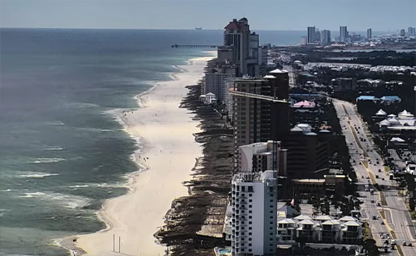
A great family beach vacation spot

The economic and cultural hub of the central Gulf Coast
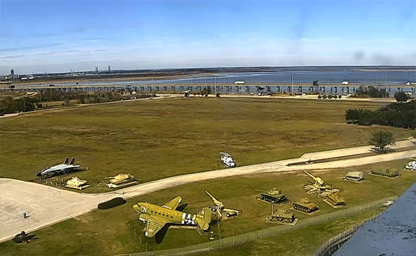
Enjoy stunning live views of Mobile Bay and its surrounding landmarks from atop the historic USS Alabama Battleship

Captures the pulse of Downtown Mobile, featuring the historic Government Plaza
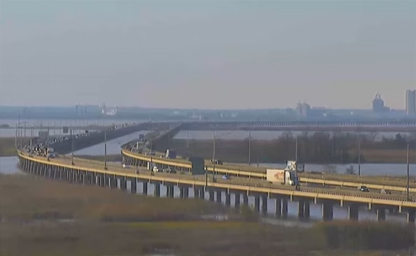
The largest river delta and wetland in Alabama

Views from the I-10 eastbound entrance to the Wallace Tunnel, the Mobile Civic Center, and Midtown Mobile
Live cameras are an excellent way to explore the diverse beauty of Alabama from anywhere in the world. Across the state, numerous live-streaming cameras offer real-time views of Alabama’s scenic landscapes, bustling cities, and iconic landmarks. Whether you’re interested in witnessing the sunrise over the Gulf Coast, viewing the majestic Appalachian Mountains, or observing the activity in the heart of cities like Birmingham and Montgomery, Alabama’s live webcams provide a window into the state’s dynamic environment. From the lively beaches of Gulf Shores to the serene forests of Talladega National Forest, these cameras bring the beauty of Alabama to your fingertips, offering a unique way to experience its natural and urban charm in real-time. Many of these webcams are located at popular tourist spots, state parks, and even along the coast, giving visitors a sneak peek of what to expect during different seasons and weather conditions. Whether for travel planning or just enjoying the view from home, Alabama’s webcams are an innovative way to stay connected to the state's ever-changing landscape.
Alabama is a state rich in history, geography, and climate that has shaped its identity in profound ways. The state's roots stretch deep into the past, beginning long before European settlers arrived. Over the centuries, Alabama has played a pivotal role in both the cultural and political development of the United States.
Alabama’s history is layered with the stories of Native American tribes, European exploration, and its transformation through significant events in U.S. history. Before European settlement, the area was inhabited by various Native American groups such as the Creek, Choctaw, and Chickasaw. These tribes lived in the region for centuries, with complex social structures, economies, and trade networks. The Creek, in particular, played an important role in the state's early history and were the dominant force in Alabama before European colonization. In the early 19th century, during the Trail of Tears, thousands of Creek Indians were forcibly relocated westward as part of the U.S. government's policies.
In the early 1700s, French colonists explored the area and established Fort Louis, marking the beginning of European influence. The British later gained control in the mid-1700s after the French and Indian War, and by the late 18th century, Alabama was incorporated into the United States after the Revolutionary War. The region’s agricultural wealth, particularly its cotton plantations, contributed to its economic growth, but it also led to conflicts surrounding slavery. Alabama was a key player in the Civil War as part of the Confederacy, and its cities, such as Montgomery, played critical roles in the political battles of the time.
Following the Civil War, Alabama became embroiled in the struggles of Reconstruction, racial tensions, and the Civil Rights Movement of the 20th century. Montgomery is famously known as the birthplace of the Civil Rights Movement, with significant events such as the Montgomery Bus Boycott, led by figures like Rosa Parks and Martin Luther King Jr. Alabama’s history is a testament to its resilience and the transformation it has undergone through periods of conflict and growth.
The climate of Alabama is largely influenced by its southern location, making it a part of the humid subtropical zone. Summers in Alabama are long and hot, with average temperatures often rising above 90°F (32°C), especially in July and August. The heat, combined with high humidity, can make for stifling conditions, but many locals and visitors find relief in the state's abundant lakes and rivers. Thunderstorms are common in the summer months, and the state occasionally faces the threat of tornadoes, particularly in the northern and central regions. The spring and fall months, however, offer milder conditions, with cooler temperatures and lower humidity, making these seasons ideal for outdoor activities like hiking, fishing, and sightseeing.
Alabama is also known for experiencing a relatively mild winter. While snow is rare, it can occur, particularly in the northern parts of the state, but it usually melts quickly. Average winter temperatures range from the mid-30s to low 50s°F (1°C - 12°C), providing a much more temperate climate compared to the extreme winters of other regions in the U.S. The state's climate makes it ideal for growing crops such as cotton, soybeans, peanuts, and corn, supporting its strong agricultural industry.
Alabama's climate can also bring unpredictable weather, particularly in the form of severe storms. The state is part of the "Dixie Alley," an area known for frequent tornadoes. While these destructive storms are a concern for residents, they have also shaped Alabama’s preparedness systems, including advanced meteorological technology and storm shelters. Visitors can learn more about Alabama's storm history and its commitment to safety by visiting the National Weather Service offices and various weather museums around the state.
Alabama's geography is as diverse as its history and climate, offering a wide range of natural beauty and ecological regions. The state is located in the southeastern region of the United States, bordered by Tennessee to the north, Georgia to the east, Mississippi to the west, and the Gulf of Mexico to the south. The state's total land area is approximately 52,420 square miles (135,767 square kilometers), making it the 30th largest state in the U.S. Its diverse geography includes mountains, plains, forests, rivers, and coastal areas.
In the northern part of the state, the Appalachian Mountains stretch across the landscape, offering stunning views and recreational opportunities. These mountains, particularly the Cumberland Plateau and the Lookout Mountain region, are characterized by rocky ridges, deep valleys, and rolling hills. This area is home to the Talladega National Forest and various state parks, making it a popular destination for hiking, camping, and exploring the outdoors. The southern Appalachian region is also known for its rich biodiversity, with a wide range of plant and animal species that thrive in the varied ecosystems.
To the south of the mountains, Alabama’s terrain transitions into rolling plains and fertile agricultural land. This central region, often referred to as the "Black Belt," is notable for its dark, nutrient-rich soil, which has been instrumental in supporting the state's agricultural economy, particularly during the 19th century when cotton production was at its peak. In this area, the state’s famous Civil War battlefields and antebellum homes can still be found, showcasing the historical significance of the land.
Alabama also boasts an extensive river system, with the Alabama and Tennessee rivers being the most prominent. These waterways have played a crucial role in the state’s economic development, particularly during the 19th and early 20th centuries. The Tennessee River, in particular, flows through the northern part of the state, providing water resources, transportation, and fertile land for agriculture. Additionally, the Mobile Bay area on the Gulf Coast is home to Alabama’s only seaport, and the Gulf of Mexico’s warm waters create a popular environment for boating, fishing, and coastal tourism.
Finally, Alabama’s southernmost region along the Gulf Coast is home to white sand beaches, barrier islands, and wetlands. The coastline, stretching for over 50 miles (80 kilometers), offers a unique ecosystem where saltwater meets freshwater. This area is home to various species of marine life, including dolphins, sea turtles, and an abundance of fish. The Gulf Coast also experiences occasional hurricanes, which shape the region's weather patterns and influence the state’s coastal infrastructure.
Exploring Alabama’s geography provides a glimpse into the state's deep connections to both nature and human history. Whether it’s the soaring peaks of the Appalachians, the quiet rivers that flow through rural farmlands, or the serene beaches that line the Gulf Coast, Alabama’s geography offers something for every type of traveler and historian alike.
Tip: If you’re interested in experiencing Alabama’s rich history and beautiful landscapes, consider visiting both the urban attractions of Birmingham and Montgomery, and the natural wonders of places like the Cheaha State Park and Gulf Shores. Exploring these contrasts will give you a complete view of the state’s diverse charm.
Interesting Fact: Alabama is home to one of the most significant historical sites in the United States, the USS Alabama Battleship Memorial Park in Mobile, where visitors can step aboard a World War II battleship and explore a piece of history firsthand.